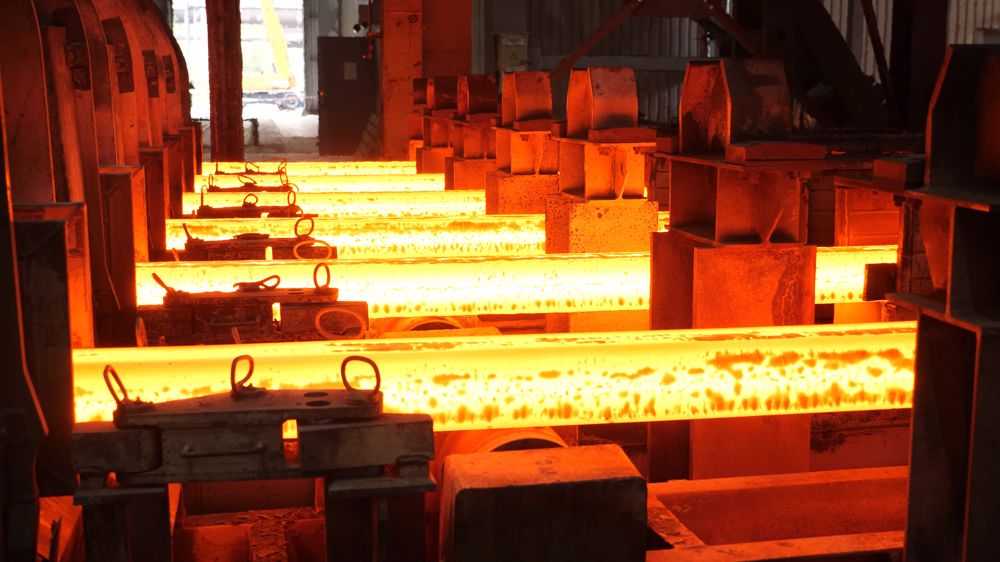Anecdotes of a Chartered Chemical Engineer - the life of an undergraduate
I arrived at Loughborough University and settled into my room. In 1970 most students lived in Halls of Residence run by the University. Looking back, we were pampered, three meals a day were always available.
I prepared for the first lecture. At this stage I still thought transport phenomena was about the physical transport of chemical products around the world, little did I know what it really involved.
I was fortunate that new students received financial grants from their local authority, not loans. A few companies also offered sponsorships. These were small sums of money of around £110 a year, if I remember, paid in three instalments, one for each term. This extra cash went a very long way in the 1970s.
There was no commitment on either side to either offer a job or accept one after graduation.
However, the big advantage for me was that the University guaranteed a placement for the third year in industry as I was studying on a long sandwich course.
I applied and was accepted by British Steel Corporation at Corby in the UK, and two years later I was working on my placement in the coke ovens by-products plant. I had previously spent a summer placement with them between my first and second years, where I was placed in the chemical laboratories. This entailed both carrying out laboratory tests as well as collecting samples.
Whilst environmental concerns were not as high-profile as they are nowadays, effluent treatment was still a serious concern and considerable efforts were made to ensure that anything released met a set of standards.
The main tests were for chemical and biological oxygen demands, CODs & BODs. I remember the first task I was given was to go to the storeroom and collect a brand-new glass beaker not for any testing, but for the regular mugs of tea, usually my job to make.
The industrial year was my first introduction to real chemical plants. A huge amount of coke is needed by the steel industry to feed the blast furnaces, along with the iron ore. The coke was produced on-site from coal, the coking process provided a gas feed stream for the processing plant to turn into the various chemicals that could then be sold. Coke ovens are large, smelly and potentially quite dangerous places with lots of moving machinery, both feeding the ovens and pushing out the hot coke for cooling, prior to being used in the blast furnaces.
I have two very different recollections of my time the plant. The first was in the Foreman’s offices underneath the ovens. It was hot and dark with no windows, the Foremen were in charge of the “snap books”. These were vouchers used to provide free meals for people working overtime and it was an accepted practice that they could also be used to provide general encouragement and reward. I doubt if anything so uncontrolled would be allowed today. I distinctly remember occasionally being in the Foreman’s office at breakfast time and being asked to join them for a bacon sandwich, freshly collected from the work’s canteen by one of our colleagues.
